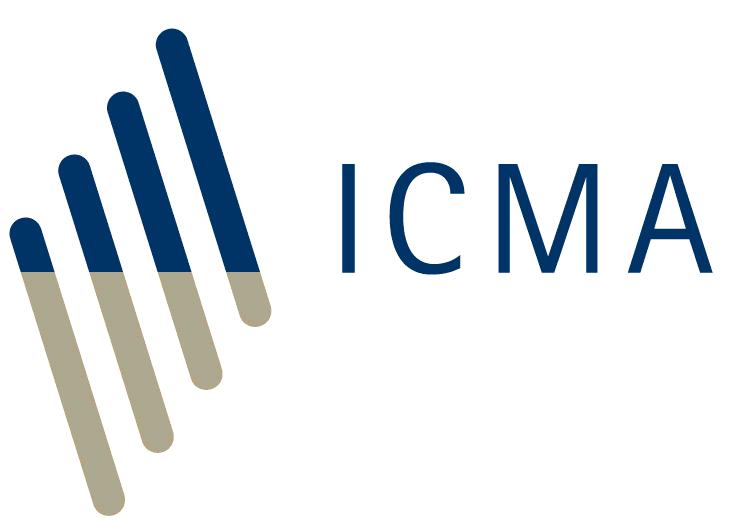ICMA co-signs cross industry statement on the MIFIR RTS 2 post-trade deferral framework for bonds
3 October 2024 Today, a number of leading industry associations, including ICMA, co-signed a cross-industry statement on the MIFIR RTS 2 post-trade deferral framework for bonds. The European Securities and Markets Authority (ESMA) is tasked with establishing the regulatory technical standards for a revised post-trade transparency regime for the European bond markets, which is intended to come into force with the introduction of the long-awaited consolidated tape. In the statement, the joint associations recommend that ESMA review its current proposals, which is published for public consultation earlier this year, and instead adopt an approach that is more scientific and data driven.
The Associations fully support ESMA’s aim of providing for an adequate level of transparency. This will be beneficial to investors, liquidity providers, other intermediaries, as well issuers, across the entire range of different and diverse bond classes. Furthermore, this will play an important role in underpinning the development, unification and internationalisation of the EU’s capital market, enhancing its profile as a globally competitive and attractive centre for both issuance and investment. Critical to the attainment of this goal is the successful delivery of ESMA’s parallel aim of ensuring that liquidity providers are not exposed to undue risk.
However, accurately determining which bonds and transactions will benefit from increased transparency (the large majority), and those for which a level of information deferral is necessary, will be critical to the success of the EU’s transparency regime.
In assessing ESMA’s proposal, and responding to the consultation, three organisations, including ICMA, independently, took very similar approaches in using historical trading data to estimate the time required by liquidity providers to trade out of risk positions, for a given size, whether in terms of classes or subclasses of bonds, or at the individual security level. The importance of this analysis was also recognised by the Autorité des Marchés Financiers (AMF). While the methodologies differ slightly, the four approaches use the historical average daily traded volumes of different bonds and bond types as the basis for their analysis. All reach similar conclusions in estimating the average, and longest, times required to trade out of certain bonds or bond types, for a given size.
The Associations strongly recommend that ESMA use a similar approach in assessing the appropriate groupings, liquidity determinants, deferrals, and related thresholds, to shape its design and calibration of the revised transparency regime. Improving bond market transparency is an underpinning objective of developing and deepening a more cohesive and globally competitive EU capital market and the introduction of a consolidated tape presents an opportunity to enhance market quality and resilience. Key to the success of the tape and the realisation of these goals will be the design and calibration of the related deferral framework. It is imperative that this reflects the nature, structure, and liquidity of Europe’s bond markets. A more data-driven approach will better support the successful attainment of ESMA’s dual aims of providing for an adequate level of transparency and ensuring that liquidity providers are not exposed to undue risk. It will also result in a deferral regime that is more appropriately calibrated to the market it is intended to serve.
Read the Joint association statement here.







